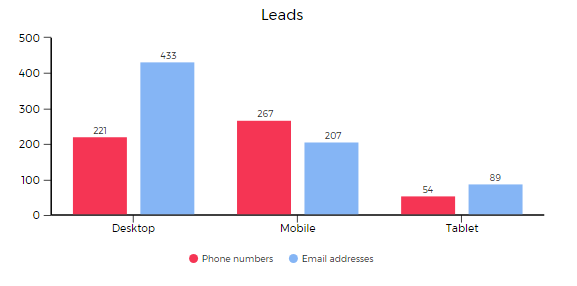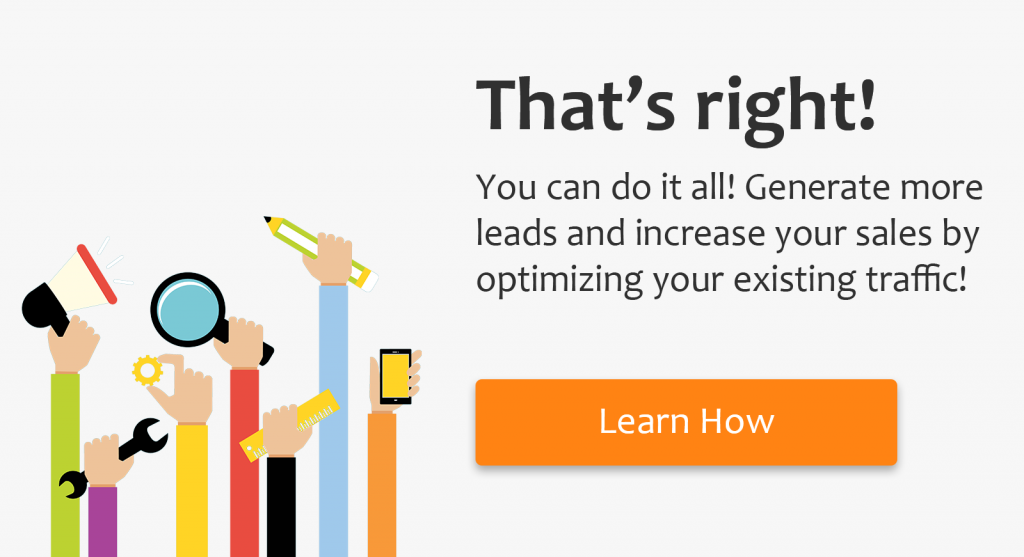
Both, telemarketing and email marketing has been around for quite some time and are still widely used to spark a conversation with potential clients. But not every marketer agrees the two can compete.
A quick history lesson
What has first started as an innocent try of housewives to sell cookies over the phone, in 1965 became a common marketing practice that required a professional training. Yes, telemarketing!
Up until great internet breakthrough, telemarketing was one of the most effective ways to connect with potential clients. Direct communication was used to introduce new products or services to the prospects and eventually sell them.
And while telemarketing was reaching its’ peak, first email systems were already under development. In 1971 Ray Tomlinson sent the very first email, opening the new door for companies to communicate with their prospects.
However, for a few decades, emails were novelties to the majority of customers, therefore email marketing was not as effective. However, in 1991 with the birth of the internet and later, in 1996, the launch of the first web-based email services, emerge of email marketing was approaching.
Today there are 4.7 billion mobile users worldwide, 3.7 billion of which are email users too.
Lead generation
Cold calling and cold emailing are common practices used to pitch company’s product or service to a potential client. However, to make a call or number and to send an email to your prospect, you need to obtain his contact information.
There are many ways a company can gather contacts of their potential customers. One of the most popular solutions out there are exit-intent popups, that can be used to generate both, phone numbers and email addresses. But which are easier to generate?
A website of dental implants clinic in the UK has encountered the same question when decided to use exit-intent popups to collect contact information of their potential clients.
To answer this question, A/B test was run to find out whether website visitors are more willing to provide their phone numbers or email addresses as a form of contact information. The overlays have been shown to website visitors on 3 different types of devices: desktop, mobile, and tablet. One month of testing brought the following lead generation results, answering the initial question.
In 2 of 3 cases, website visitors are more willing to give away their email addresses than phone numbers. But let’s admit it is not a surprising discovery if you think how many people know their phone numbers by heart, in comparison to their email addresses (studies have shown that one in four people don’t know their own phone number).
In this case, what is important to pay attention to are the tendencies amongst different devices. The greatest amount of phone numbers was generated through exit intent displayed on mobile, while biggest number of email leads were gathered from desktop visitors.
The same lead generation tendencies by devices are noticed in other industries, such as e-commerce and finance, suggesting that mobile decides users should be targeted as heavily ask desktop visitors, especially by those businesses who choose to pitch their products or services over the phone.
Cold calling and cold emailing
Both, cold calling and cold emailing have its’ own pros and cons.
Cold calling is more personal due to human-to-human interaction, which, if handled by a trained professional, can be highly effective. However, cold calling might be time-consuming and not that much cost-effective.
Cold emailing, on the other hand, can be personalized but might lack the humane feeling, as emails are usually sent in bulks. Nevertheless, emails can be automated, saving not only time but expenses too.
However, what matters the most, in the end, is the effectiveness and conversions of the marketing activity of your choice.
Different studies show that, on the average, 28% of cold calls result in an engaged conversation, 1% of which end up with arranged appointments (meetings, presentations, events). Cold emails prove to have 50,12% mobile and 32,97% desktop open rates, with click-through rates as high as 3,4% (completed purchases, visited website).
Which is better?
It is estimated that 70% of the population will have smartphones by 2020. This means that 7 out of 10 people will use these devices to not only make and receive calls but to consume all sorts of information, which translates to endless possibilities for businesses to approach their prospects through different communication channels.
In the end, it doesn’t matter which approach your marketing team prefers, as long as it brings the desired results. But without a doubt, some matters are best discussed through email, and some are best left for the phone. So, why choose between calls and emails when you can make the most of both worlds?
Use the combination of the two to engage your prospects in different stages of their buyer’s journey. Most importantly, understand your communication goal. Before starting a conversation, don’t forget to carefully analyze the behavior of your customers, understand their working conditions and even lifestyle. How you begin and lead your conversation with a potential customer shapes his attitude and mindset towards your company.


